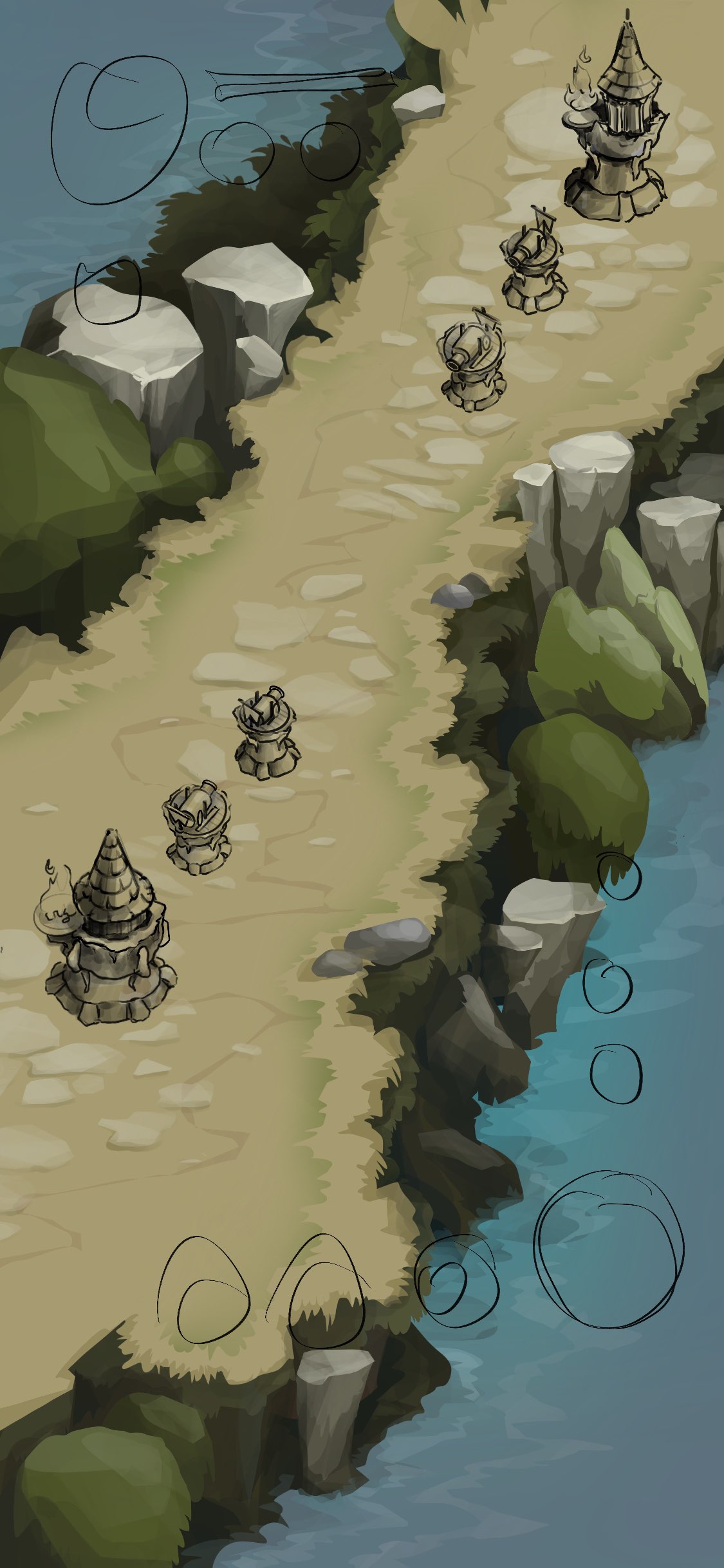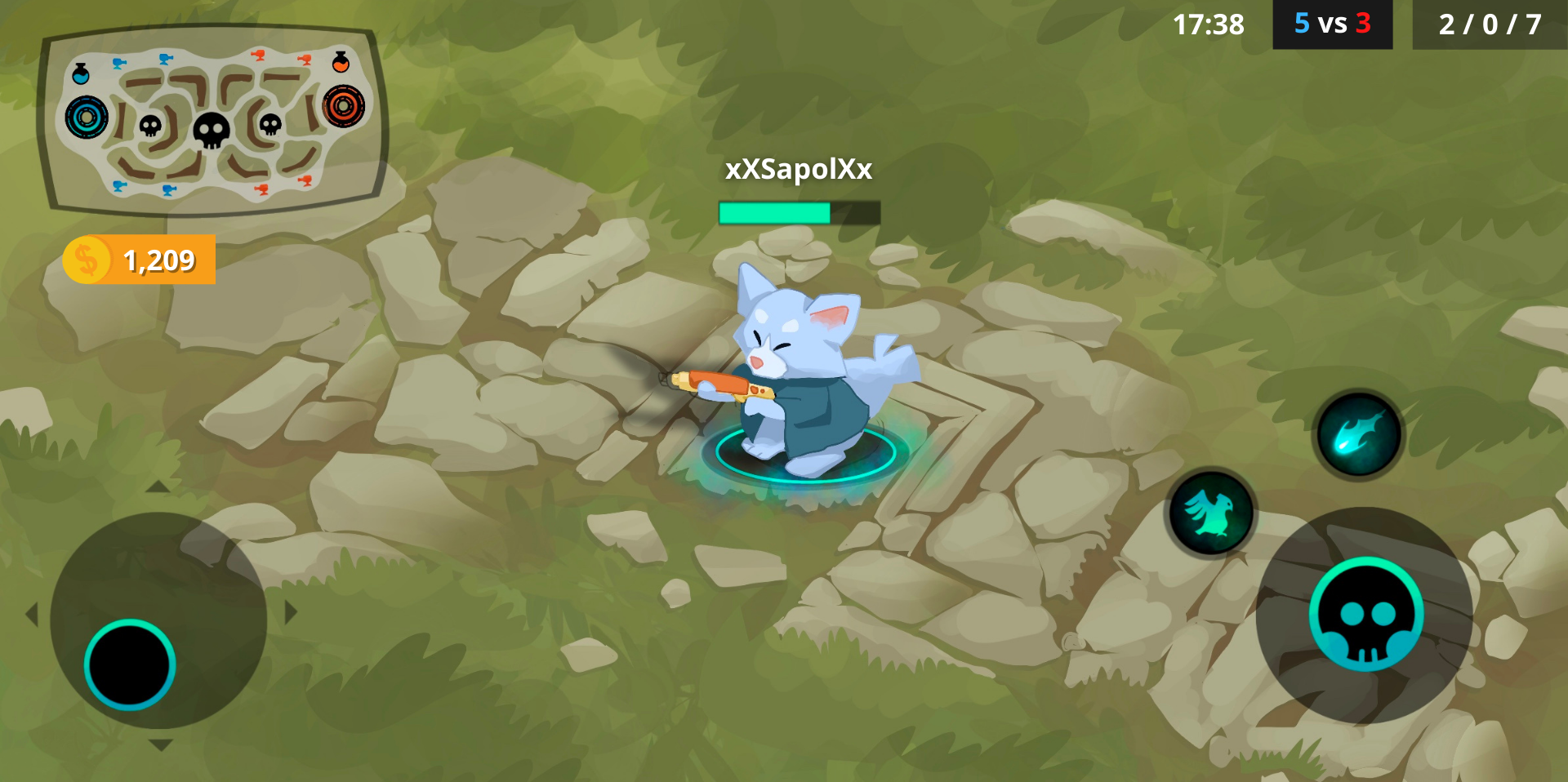This project was a group assignment for the Human-Computer Interaction and Cognition class during Spring 2022, particularly in relation to projecting, smart-seeing, and close-coupling in MOBA video games.
Contributions: League of Legends and Wild Rift research, gameplay design, and interface design
Team members: Alexandra I, Jalene P, and Sapol P.
Time frame: April 2022
What is projecting, smart-seeing, and close-coupling?
Through Human-Computer Interaction, video gamers are constantly employing these skills to play games.
How can we use smart-seeing, projecting, and close-coupling to design a MOBA interface for mobile with a simple learning curve while maintaining a complex and rewarding gameplay?
After playing a variety of MOBA games such as League of Legends (+ Wild Rift), Brawl Stars, and Clash Royale, our team determined that common factors within MOBAs is that it requires many repetitive tasks that can make the gameplay dull over time, contains a lack of varied interaction due to the lack of close-coupling employed by players, and that initial games may feel slow to newer players.
If more interactive/dynamic external representations are present in the video game, then the player will be more engaged in the gameplay because close-coupling, smart-seeing, and projecting skills would be required.



Players would be encouraged to progress as the games remain competitive between teams, allowing players to employ close-coupling in addition to the enhancement of individual skill expression and theorycrafting.
Because of added PvE interactive elements and provided tactical advice, gameplay would initially lack competitiveness and development of the players' own strategies may be hindered.